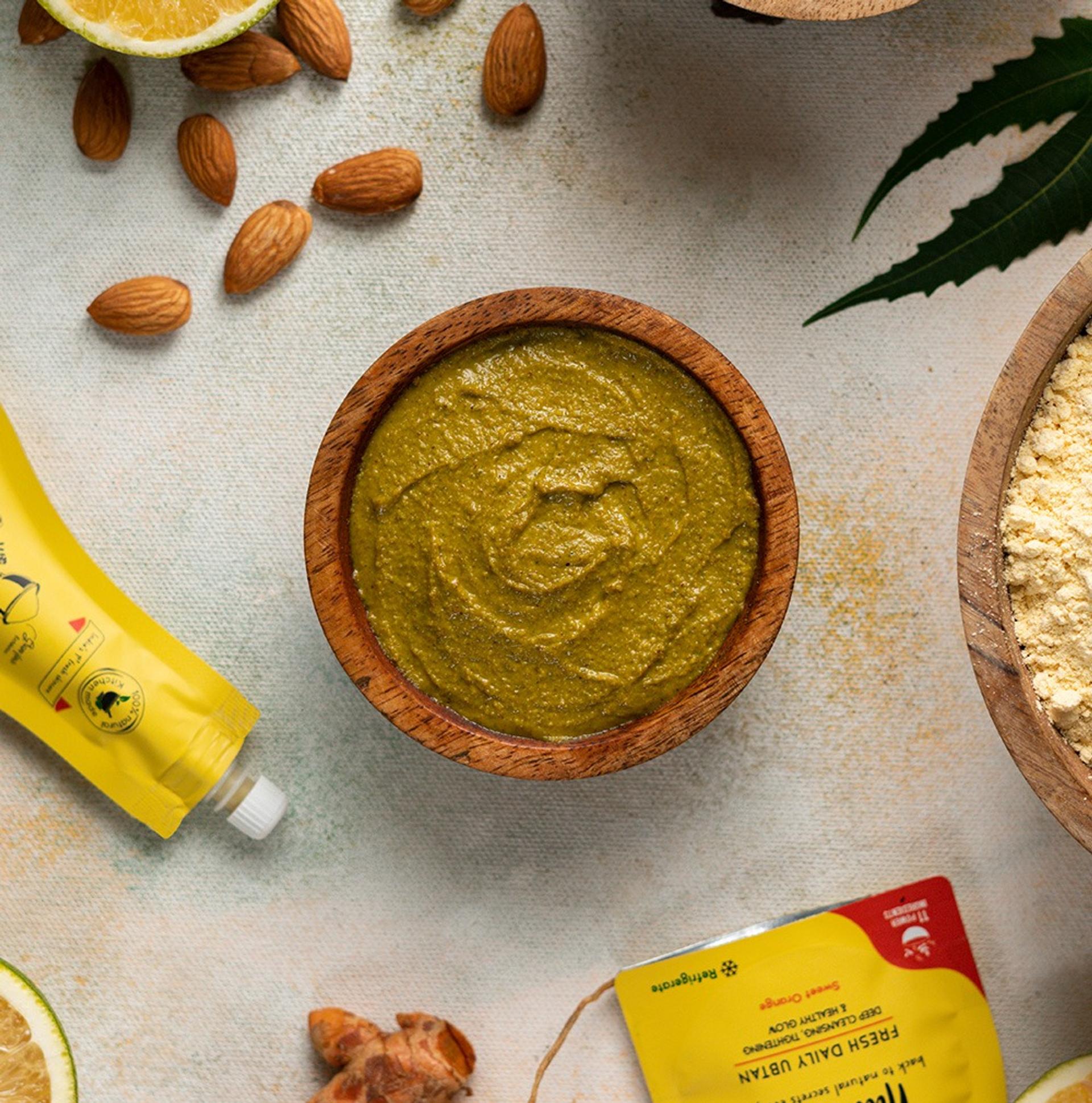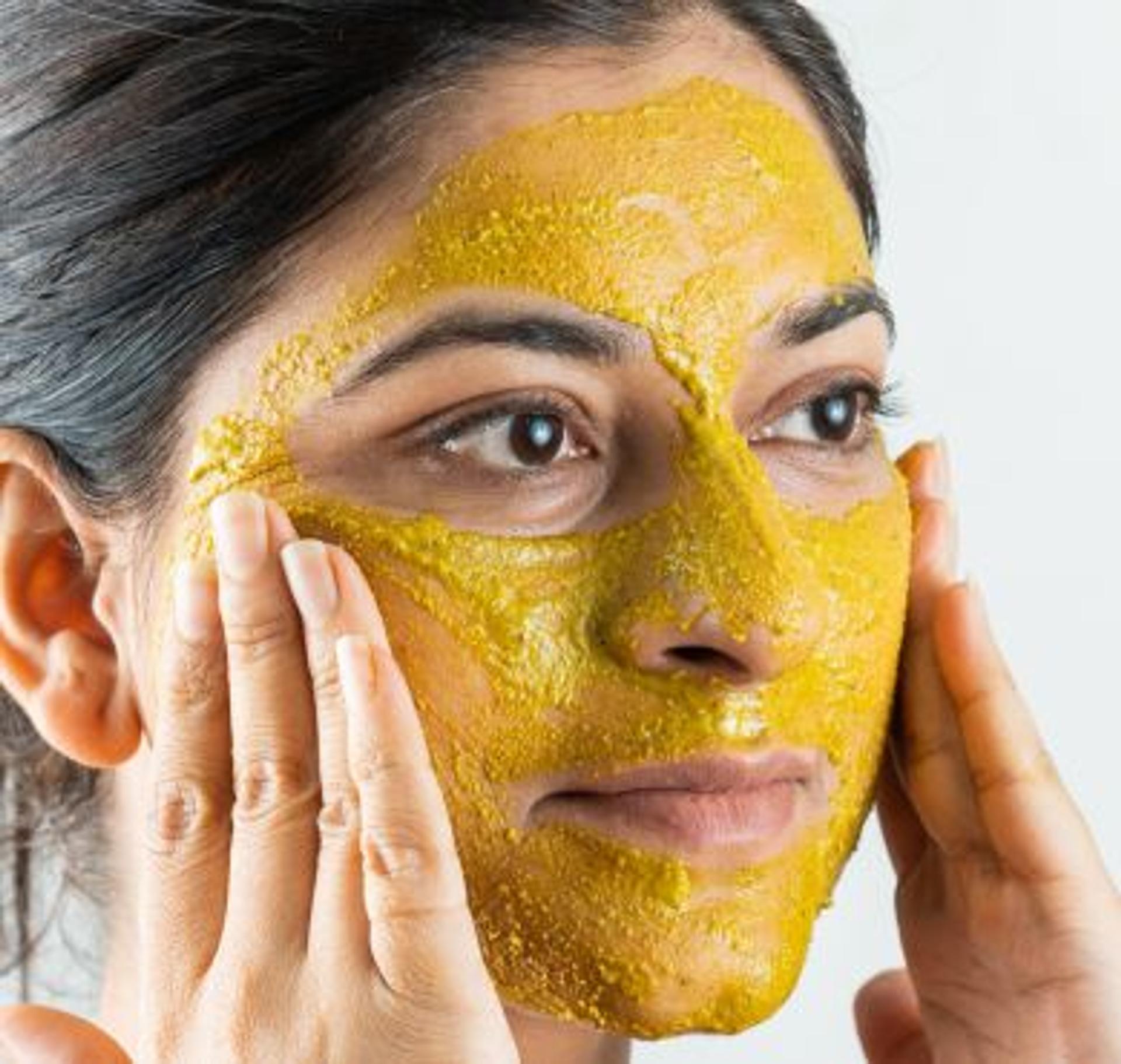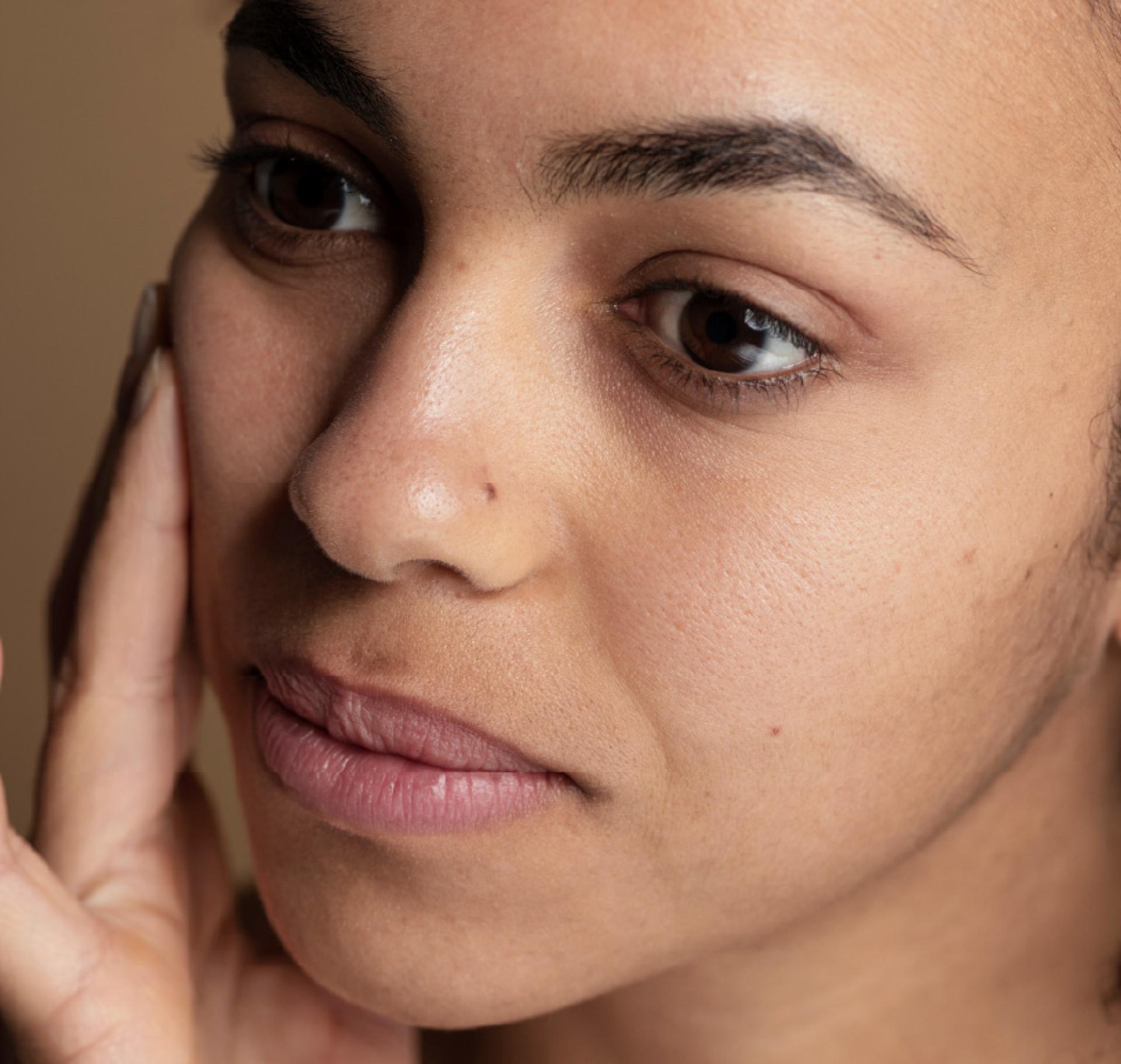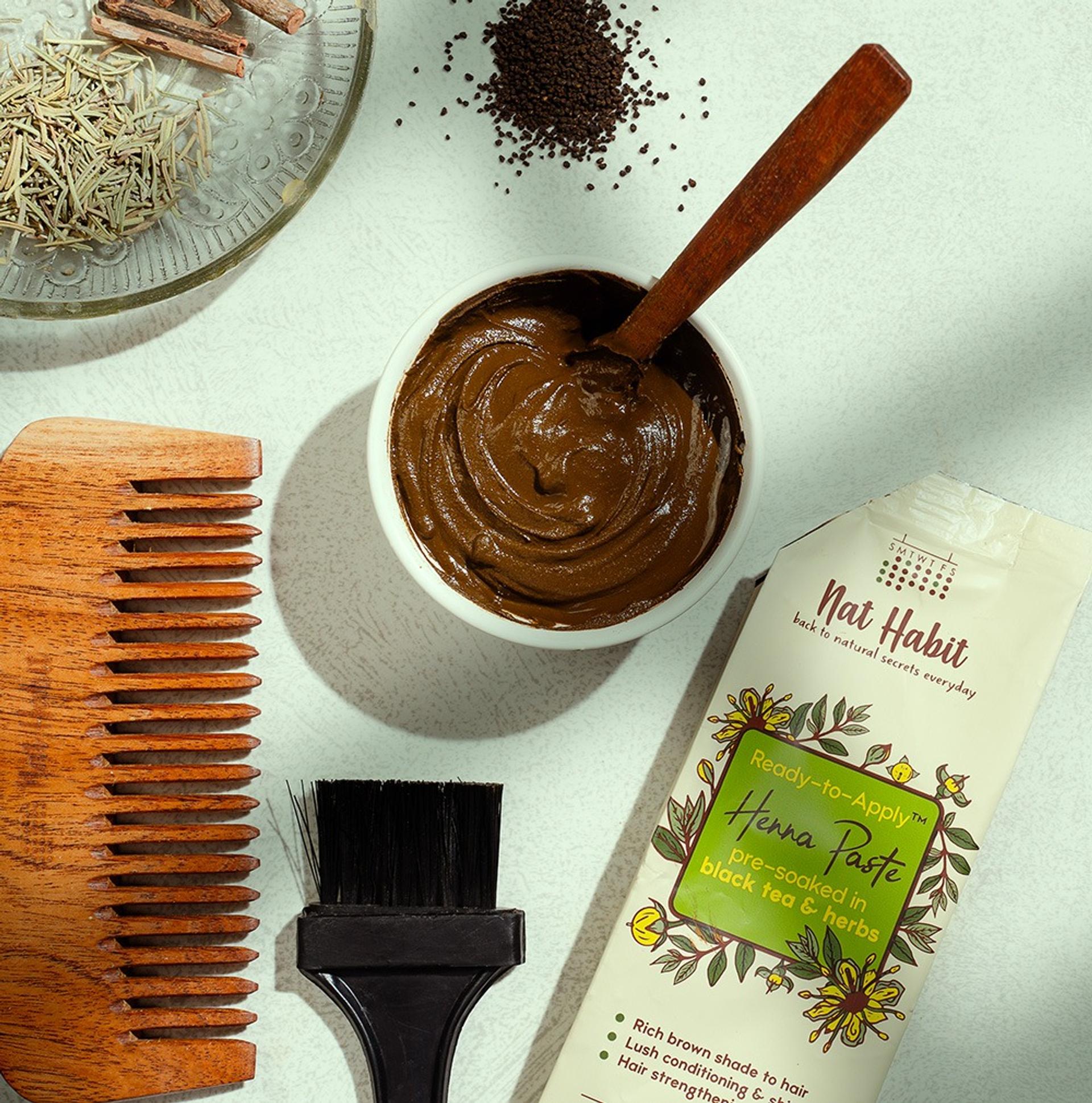
4 Ways to Recognize Good Quality Henna
By Nat Habit
From the beloved memories of our grandmothers to the tales etched into family traditions, henna has long been more than just a beauty ritual—it’s a sensory memory, a connection to our roots.
The earthy aroma wafting through the air as henna is mixed, the rich stains developing on skin, and the warmth of stories shared over its application—this is heritage, passed down hand to hand.
But today, finding that same unmistakable aroma and authentic stain has become increasingly rare—thanks to the widespread use of chemically adulterated and poor-quality henna in the market. Choosing good henna is not just a cosmetic preference—it’s an act of preservation, a gesture toward ancestral knowledge, and a step toward safe, effective self-care.
In this guide, we break down the four scientific markers that help you distinguish pure, potent henna from compromised alternatives—right from the comfort of your home.
1. The Stain Test (Dye-Release Test)
A Direct Indicator of Bioactivity
Henna’s dyeing ability depends on a naturally occurring molecule called lawsone (2-hydroxy-1,4-naphthoquinone), which binds to keratin in the skin and hair. The deeper and longer-lasting the stain, the more active lawsone content the henna holds.
How to test it:
Prepare a small amount of henna paste by mixing the powder with water. Apply a dot-sized amount (using a cotton bud) on your palm. Let it dry for 5–10 minutes, rinse off, and wait 24 hours to assess the oxidation and final stain development.
- Pure henna, with no additives or preservatives, will yield an orange stain that deepens to reddish-brown over the next 24–48 hours.
- Poor-quality or chemically-laced henna will produce a faint, inconsistent, or instant deep-black stain, often due to synthetic dyes—an immediate red flag.
Check whether Nat Habit Ready-To-Apply Henna wins stain test against others.
The Ingredient List
Nature Should Dominate, Not Chemicals
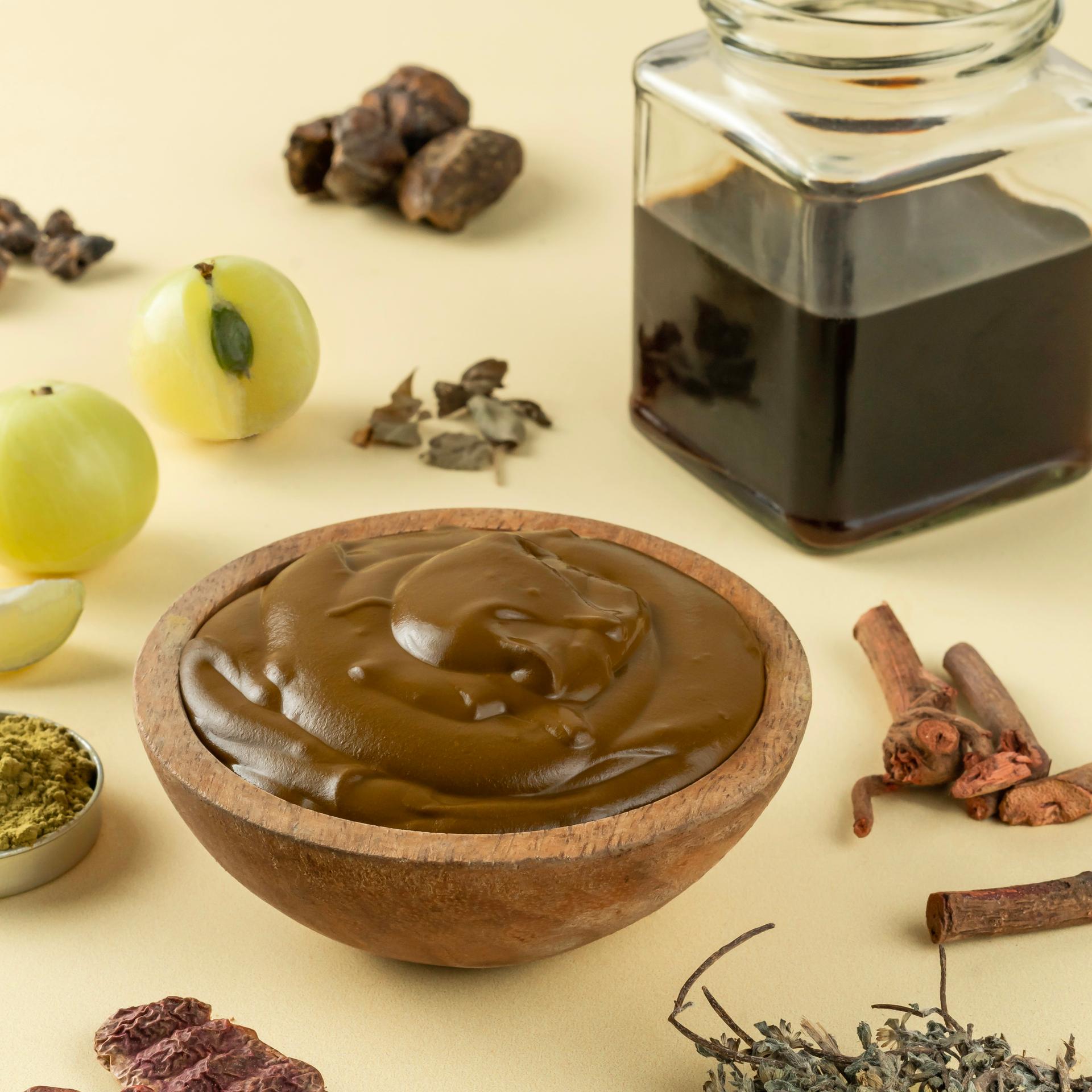
True, high-quality henna should contain only natural components. At its core, that means pure henna leaf powder—sometimes blended with traditional herbal enhancers like amla (Emblica officinalis) for cooling, manjistha (Rubia cordifolia) for deeper tone, or coffee/tea decoctions for slight color darkening.
What to avoid:
- PPD (para-phenylenediamine) or similar synthetic dyes
- Artificial fragrances or preservatives
- Non-disclosed "color boosters"
A concise ingredient list composed of botanicals is a strong indicator of a trustworthy product. When it comes to henna, less is more - especially if the “less” is 100% natural.
3. Say No to Black Henna
A Toxic Shortcut
Despite popular claims, there is no such thing as natural black henna. What is commonly sold as “black henna” is typically either:
- Henna blended with indigo (Indigofera tinctoria)—a separate natural dye, or
- Worse, adulterated with coal-tar dyes or PPD, both of which can cause severe allergic reactions, chemical burns, and long-term scalp damage.
While indigo on its own is safe and often used in Ayurvedic hair routines, any product claiming to stain instantly black using henna is chemically manipulated and should be strictly avoided.
(For more science on this, read our blog: Is Black Henna Real?)
4. Filtration
The Particle Size Matters
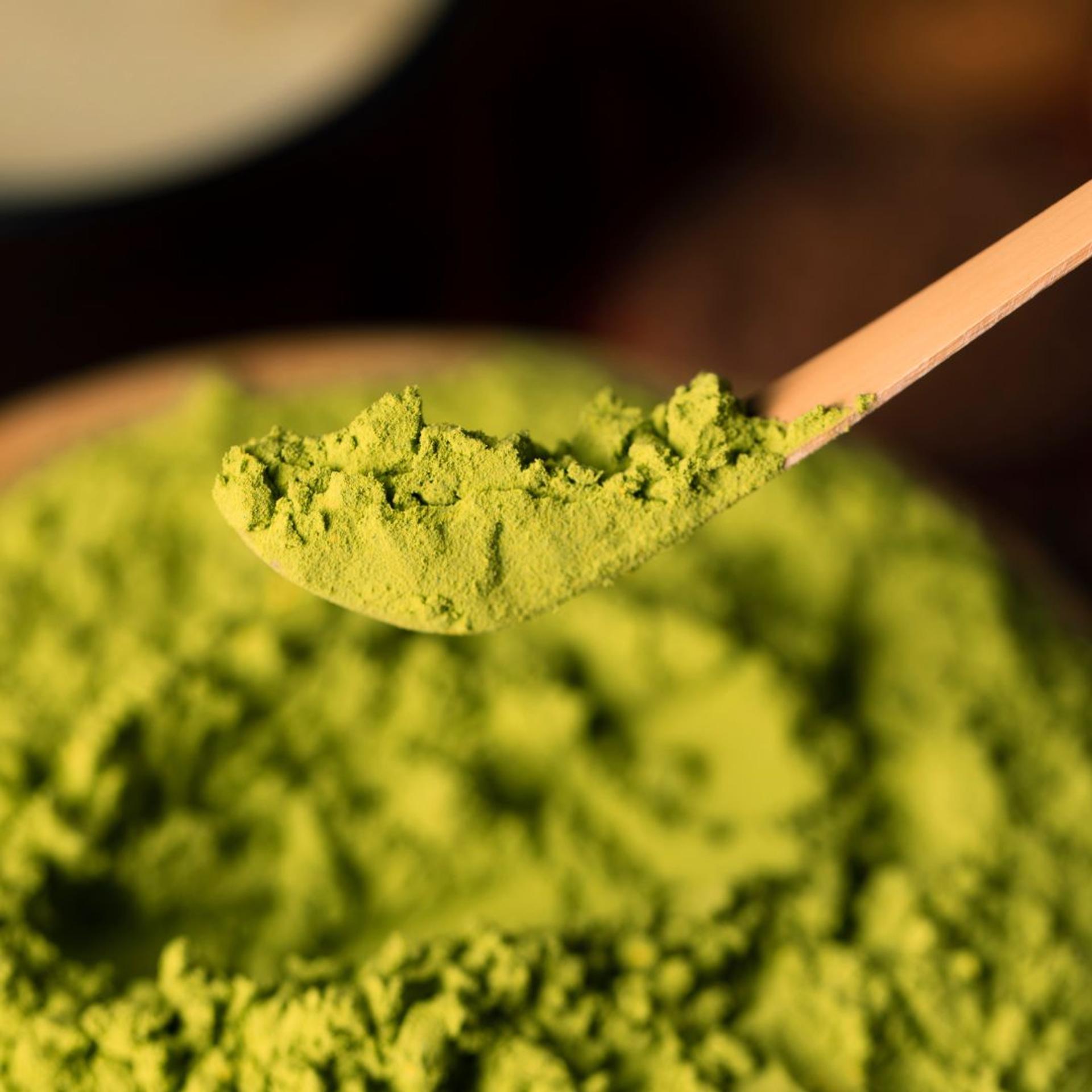
A crucial but often overlooked quality marker is filtration or sifting. Raw henna powder, if not properly filtered, may contain fibrous matter, plant stems, or bark particles that interfere with dye release and application.
Scientifically, a fine particle size ensures:
- Better dye molecule release (more surface area)
- Smoother paste consistency, leading to uniform application
- Improved skin/strand adherence, which enhances the quality of the stain
Henna should ideally be sifted 4–5 times through fine mesh filters to ensure the removal of all non-beneficial plant matter.
Conclusion
Henna is Chemistry Rooted in Tradition
By paying close attention to:
- The depth and progression of the stain
- The transparency and purity of ingredients
- The absence of chemical shortcuts
- The fineness of filtration
You empower yourself to choose a henna that honors both your health and your heritage.
Let your henna ritual remain what it has always been—a natural dye, a cultural rite, and a sensorial connection to your roots—only now, with a sharper scientific lens.
Learn more
